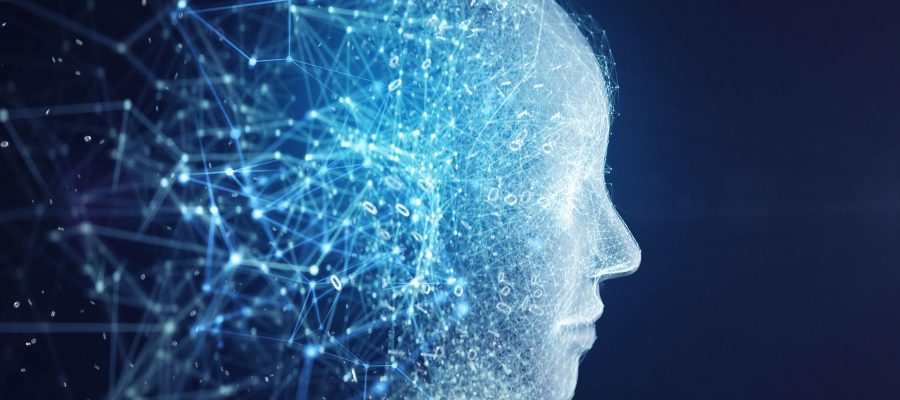By: Kurt M. Saunders and Valerie Flugge As any chef will tell you, cooking and food preparation is a creative, sometimes innovative, endeavor. Much thought and time is invested in selecting ingredients, developing the process for preparing the dish, and designing an interesting or appealing look and feel for a food item. If this is true, then it should come as no surprise that recipes, food designs, and other culinary creations can be protected by various forms of intellectual property, namely: trade secrets, design and utility patents, trade dress, but usually not copyright. This article considers how intellectual property law has been applied to protect recipes and food designs, along with broader issues relating to how these rights may overlap and their implications for competition. Download Full Article (PDF) Cite: 19 Duke L. & Tech. Rev. 159


